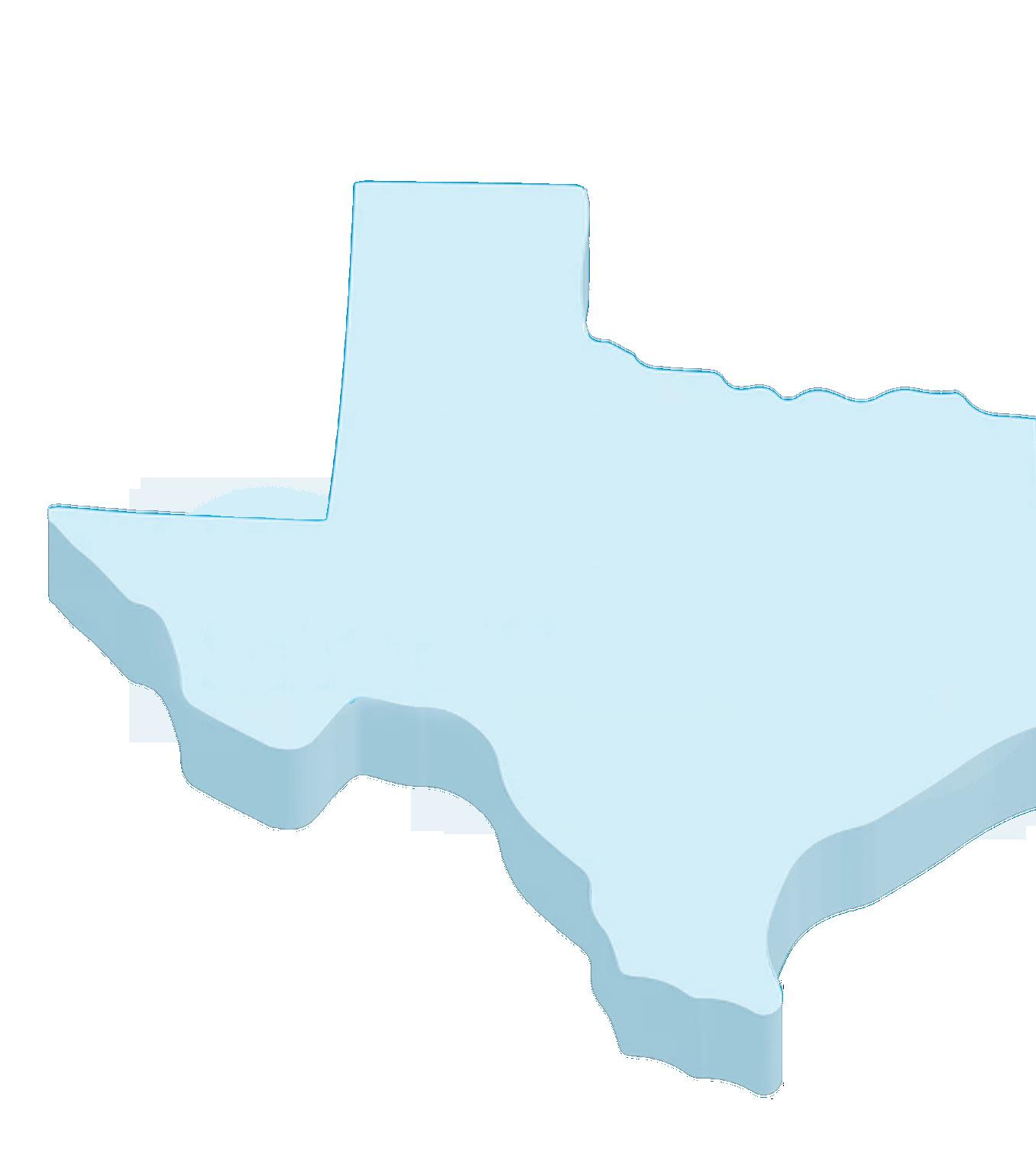
4 minute read
New Horizons for Genetic Courses
COST
Pandemic Broadens Horizon for Tarleton Genetics Class
The Genetic Techniques course at Tarleton State University is a project-based class involving the theory and practice of molecular-
based DNA sequencing. It’s very hands-on. How do you teach it when a raging global virus locks students out of the lab? With an open mind to fresh methods, and with help from a computer cluster several states away, Dr. Russell Pfau found a unique way to engage his students. Traditionally, students in a genetics laboratory bred fruit flies and conducted crosses to reveal underlying inheritance patterns. Now most genetic techniques involve manipulating DNA.
Pfau Shady Kuster, a former student in genetic techniques at Tarleton, assisted Dr. Russell Pfau with development of activities and learning resources. Shady is now a PhD student at Colorado State University.
At Tarleton, students extract DNA from insects, then a series of procedures produce a DNA sequence that can be used to identify the species — an approach often called DNA barcoding. Additionally, students screen for a bacteria, Wolbachia, that lives inside the cells of some insect species. Through this process, students learn fundamental molecular genetic techniques and simple bioinformatic tools for generating and comparing DNA sequences. The goal is to identify which species of insect harbor this bacterial parasite. “By the end of the semester, all of the students are proficient in manipulating DNA in a variety of ways for the purpose of addressing a research question,” said, Dr. Pfau, who teaches genetic techniques. Then the pandemic changed everything. The Hyflex teaching model proved invaluable, enabling students to attend face to face, synchronously via Zoom, or asynchronously using different kinds of resources. “It’s like teaching three different classes at the same time,” Dr. Pfau said. Laboratory courses were particularly impacted. Students not attending face to face lacked access to instrumentation in the lab. Only three students in Dr. Pfau’s class attended face to face. “I wanted all of my students, regardless of attendance modality, to gain relevant hands-on skills commonly used in genetics and biotechnology,” he said. “This wouldn’t be possible for the students who chose to attend remotely or asynchronously. I considered possible approaches, but none of them allowed students to develop hands-on skills — the main purpose of the class. “I eventually realized that, as a genetics researcher myself, I spend at least half of my time at the computer rather than at the lab bench. So I decided to teach those skills.” Professional geneticists and biotechnologists use two types of skills — lab bench and computer. Lab technicians conduct the bench techniques while other members of the lab use computers to analyze the resulting data. With high-throughput DNA sequencing, the genetic data that can be generated in one day is measured in hundreds of gigabytes. Computers more powerful than a typical desktop are needed to make sense of it. Dr. Pfau contacted Juniata College in Pennsylvania, where several years ago a faculty team received funding from the National Science foundation to create GCAT-SEEK: The Genome Consortium for Active Undergraduate Research and Teaching Using Next-Generation Sequencing. Among other things, this program made available a highperformance computer cluster, a supercomputer of sorts, running Linux. “Although we weren’t officially part of their GCAT-SEEK program, they graciously allowed our students to connect remotely to their high-performance computer cluster so they could learn how to use the Linux operating system and analyze large genetic data sets.” For downstream analyses, Dr. Pfau sought open source programs his students could download to their own computers. Tarleton’s Classroom and Lab Support team installed software in a computer lab for students who did not have a computer. Dr. Pfau and his research students had spent the summer of 2019 focused on generating DNA sequence data from animals that was then used to assemble entire mitochondrial genomes (the DNA inside our mitochondria). At the time, he didn’t know a pandemic was coming. “My research students and I taught ourselves the entire process, which was very computer intensive, during the summer before COVID” he said. When the virus upended the world, he basically replicated in the genetics techniques teaching lab what he and his students had accomplished in the research lab. “I still introduced students to the theory behind the hands-on laboratory techniques, as I had done in previous semesters, but because so few students were coming to class face to face, I decided that the second half of the semester needed to be all computer based. “I divided the classes into teams and gave each team a computer file containing millions of short DNA sequences from one animal,” he explained. “The students ran computer scripts that found the 1 percent of DNA sequences in the data set that belonged to the mitochondria, and then linked them all together to create a complete genome.” First, however, the students had to master the command line in Linux and learn how to send and retrieve files from the computer cluster in Pennsylvania. “A few students took to the computer work like ducks to water, but most students found it very challenging because they had never used computers for much beyond word processing or browsing the internet. This was a whole new experience for them.” Ashley Suris, a biology major who has been accepted into the Summer Program in Cancer Research at the University of Texas M.D. Anderson Cancer Center, said the experience in learning how to use the specialized software to assemble genomes will benefit her career. “The software we used will undoubtedly be helpful as I pursue graduate school and beyond within the biomedical sciences,” she said. “The class introduced me to the world of code-based bioinformatics, which I found both interesting and exciting. “The opportunity to explore these techniques and skills in the classroom will give me an edge over other candidates whose classes focused on just the textbook or wet-lab material.”










